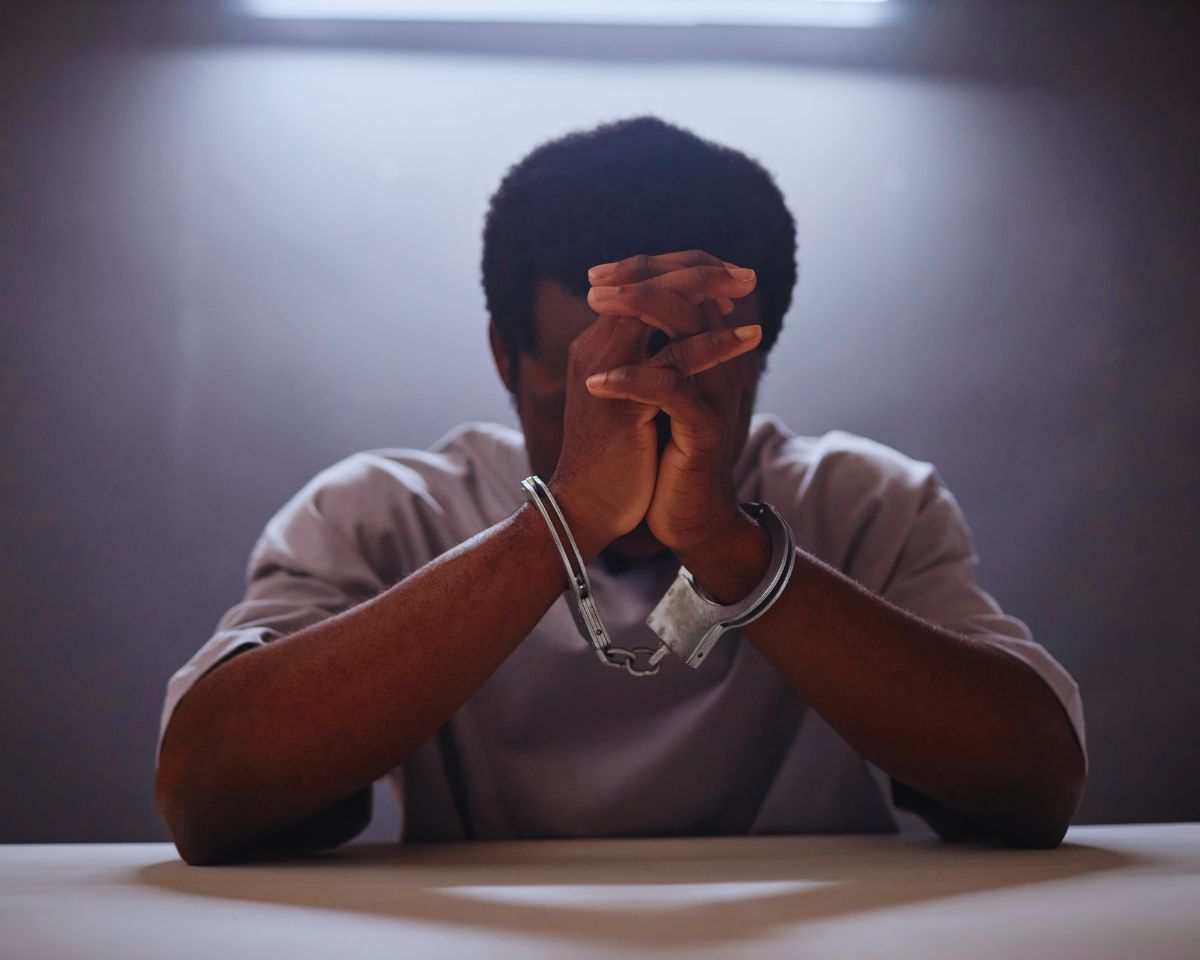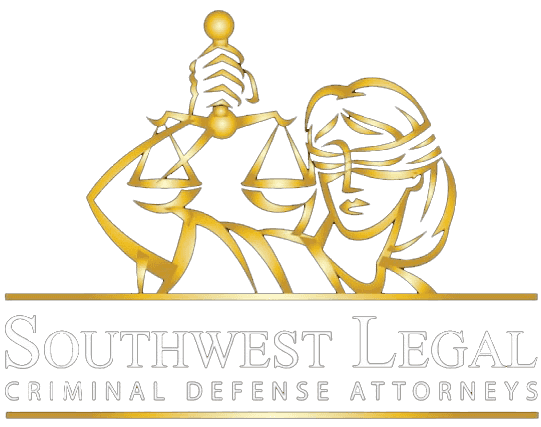The Hidden Dangers of Eyewitness Testimony. Though persuasive in courtrooms, eyewitness accounts are among the most unreliable forms of evidence in criminal cases.
Studies show that eyewitness misidentification is a leading cause of wrongful convictions. More than 75% of DNA-based exonerations involve faulty eyewitness testimony. Memory is not a perfect recording—it’s vulnerable to stress, fear, environmental conditions, and subconscious biases.
Factors such as poor lighting, the presence of a weapon, the emotional stress of witnessing a crime, and even the race of the suspect can significantly impact how accurately someone recalls what they saw. These issues, known as “estimator variables,” cannot be controlled by law enforcement but dramatically affect the reliability of identifications. Unfortunately, innocent individuals have paid the price.
How California Courts Have Responded
California courts have long acknowledged the dangers of unreliable identifications. In People v. Bustamante, the California Supreme Court recognized that live lineups are a “critical stage” in the prosecution where constitutional protections must apply. The U.S. Supreme Court echoed similar concerns in Stoner v. California, cautioning against suggestive pretrial photo arrays.
While these cases laid the groundwork for reform, it took decades before California began requiring that law enforcement follow scientific best practices for lineup procedures.
SB 923 and Penal Code Section 859.7
In 2018, California passed Senate Bill 923, codified as Penal Code § 859.7. This law mandates that law enforcement agencies throughout the state follow a standardized, science-based approach when conducting eyewitness identifications.
Key requirements include:
Use of a blind or blinded administrator, meaning the officer conducting the lineup doesn’t know who the suspect is
Informing the witness that the perpetrator may or may not be in the lineup
Ensuring that non-suspect “fillers” match the witness’s initial description
Recording the witness’s level of confidence immediately after identification
Video-recording the procedure whenever possible
Presenting individuals one at a time rather than side-by-side
Avoiding any suggestive statements or gestures
These safeguards, now mandatory statewide, help ensure that identifications are based on memory—not suggestion or pressure.
Why These Protections Matter
Each element of SB 923 is grounded in decades of psychological research. For example:
Blind administration prevents unintentional influence from police officers who know the suspect.
Proper fillers ensure the suspect doesn’t stand out, reducing suggestiveness.
Immediate confidence statements are more reliable than those made after reinforcement or time has passed.
Videotaping the process allows courts to verify that proper protocols were followed.
Informing witnesses that the suspect may not be present reduces pressure to choose someone—anyone.
Together, these steps drastically reduce the risk of misidentification.
What You Can Do If You’re a Defendant
If you’re facing criminal charges in California and a witness has identified you, you still have important rights.
Your attorney can file a motion to suppress an identification if it was made using procedures that violate Penal Code § 859.7 or due process protections.
You can request that the lineup or identification video be reviewed for irregularities or suggestive behavior.
Expert witnesses in memory and psychology can be brought in to explain the problems with eyewitness recall to a jury.
You can ask the court to give jury instructions such as CALCRIM No. 315, which tells jurors to weigh factors like lighting, stress, and the witness’s level of confidence when evaluating eyewitness testimony.
In certain cases, you may also request what’s known as an “Evans lineup”—an opportunity to test the reliability of an eyewitness’s identification under proper conditions, especially if the original ID was made under suggestive circumstances.
Jury Instructions: The Role of CALCRIM No. 315
When identification is a key issue in a case, the jury is given specific instructions to help them evaluate its credibility. CALCRIM No. 315 lists factors like:
How well the witness could see the perpetrator
How long the witness observed the person
The distance, lighting, and level of attention
Whether the witness was under stress
Whether the witness and suspect are of different races
The time between the crime and identification
The witness’s level of certainty
Any discrepancies in prior descriptions
This instruction reminds jurors that confidence alone is not proof of accuracy.
Conclusion
Being accused of a crime is terrifying—especially when it comes down to someone claiming they saw you commit it. But California law is evolving. Thanks to scientific research and legal reform, you have more tools than ever to challenge an unreliable identification.
If you’re being prosecuted based on eyewitness testimony, your defense must be aggressive, informed, and strategic. That includes demanding full compliance with Penal Code § 859.7, scrutinizing the identification process, using expert testimony, and seeking pretrial suppression of any improper identification.
If you or a loved one is facing criminal charges based on questionable eyewitness identification, don’t wait. These cases are complex—and the earlier a skilled criminal defense attorney gets involved, the better your chance of a favorable outcome.
At Southwest Legal, we understand the science and law behind eyewitness misidentification. Our team is trained to spot flawed procedures, challenge unreliable testimony, and ensure your constitutional rights are protected at every step. We fight for justice. We fight for you. Call us today for a free consultation and start building the defense you deserve.





